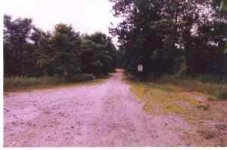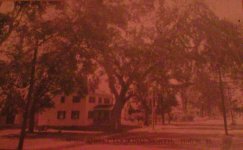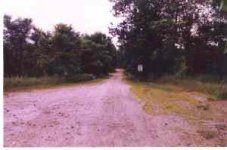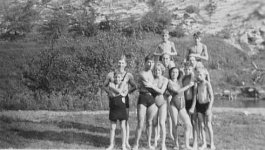Eric Willoughby
Sr. Member
- Jun 4, 2009
- 474
- 18
- Detector(s) used
- Currently Pilfered!
I know these may seem like some stupid questions, but how does everyone on here come up with the spots they find through research? How do you come across the stories, or go out and find the stories of historical places, and then be able to track down thier exact locations where there is no longer any signs of the old buildings being here? How can I go about generating leads on places long out of existence and forgotten about? What are the procedures and resources a person has to use to track these places down?
I would really love to hear any and all answers.
I can research pretty well, but I seriously lack the skill when it comes to tracking down certain historical places, and who owns the current land, in order to ask for permission to hunt it.
I would really love to hear any and all answers.
I can research pretty well, but I seriously lack the skill when it comes to tracking down certain historical places, and who owns the current land, in order to ask for permission to hunt it.











